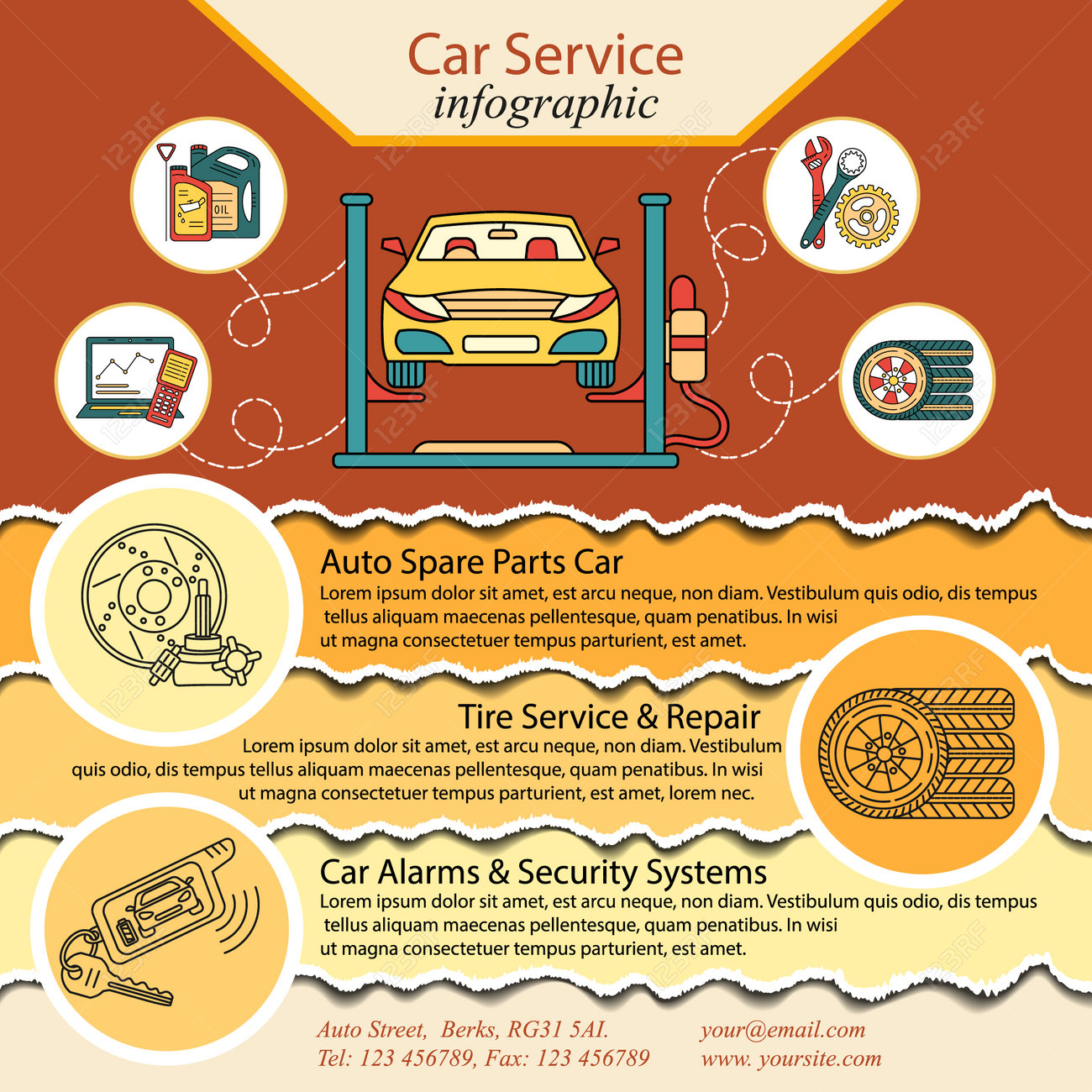Translating Your Auto'S Alert Lights: Their True Ramifications
Translating Your Auto'S Alert Lights: Their True Ramifications
Blog Article
Material Author-Hartley Stark
When you lag the wheel, those beautiful caution lights on your dashboard can be a little bit complicated. Do you recognize what they're trying to tell you about your auto's health? Understanding the significance of these lights is essential for your security and the durability of your lorry. So, the following time among those lights pops up, wouldn't you wish to decode its message properly and take the needed actions to resolve it?
Common Caution Lights and Interpretations
Determine typical warning lights in your car and recognize their meanings to make certain safe driving.
One of the most regular warning lights include the check engine light, which indicates problems with the engine or emissions system. If this light begins, it's important to have your car checked promptly.
The oil stress advising light indicates low oil stress, calling for prompt interest to avoid engine damages.
A flashing battery light might suggest a malfunctioning billing system, potentially leaving you stranded otherwise addressed.
The tire pressure surveillance system (TPMS) light signals you to reduced tire stress, influencing lorry stability and fuel performance. Disregarding this might bring about hazardous driving problems.
The ABS light suggests a trouble with the anti-lock stopping system, endangering your ability to quit promptly in emergencies.
Last but not least, the coolant temperature cautioning light warns of engine getting too hot, which can result in serious damage otherwise solved swiftly.
Comprehending these typical warning lights will aid you attend to problems promptly and keep secure driving conditions.
Value of Prompt Focus
Understanding the typical warning lights in your vehicle is only the first step; the relevance of promptly dealing with these warnings can not be emphasized sufficient to guarantee your safety when driving.
When a warning light brightens on your control panel, it's your automobile's way of interacting a prospective concern that needs focus. Disregarding these warnings can result in more extreme troubles later on, endangering your safety and security and possibly costing you more in repairs.
cargroomingproductsnz to cautioning lights can prevent breakdowns and mishaps. For example, a flashing check engine light can suggest a misfire that, if left ignored, could cause damages to the catalytic converter. Resolving https://ecu-remapping50628.thenerdsblog.com/37803785/the-benefit-of-mobile-automobile-describing-changes-your-car-s-appearance-but-is-it-as-effective-as-traditional-techniques-discover-the-truth-behind-this-solution can save you from an expensive fixing.
Similarly, a brake system warning light may signify reduced brake fluid or used brake pads, vital components for your safety when driving.
Do It Yourself Troubleshooting Tips
If you observe a caution light on your control panel, there are a few DIY repairing ideas you can try prior to seeking specialist aid.
The primary step is to consult your auto's guidebook to comprehend what the details warning light indicates. Sometimes the issue can be as simple as a loose gas cap setting off the check engine light. Tightening up the gas cap might settle the problem.
wheel restoration is a reduced battery, which can activate different cautioning lights. Checking the battery links for corrosion and ensuring they're safe and secure may fix the problem.
If a warning light lingers, you can attempt resetting it by disconnecting the vehicle's battery for a couple of minutes and then reconnecting it. Furthermore, examining your car's liquid degrees, such as oil, coolant, and brake fluid, can assist repair advising lights related to these systems.
Conclusion
Finally, understanding your vehicle's warning lights is crucial for keeping your car running efficiently and securely. By quickly resolving these informs and understanding what they indicate, you can prevent expensive repair services and potential failures.
Remember to consult your car's guidebook for specific details on each warning light and take action appropriately to make sure a trouble-free driving experience.
Stay notified, remain safe on the road!
